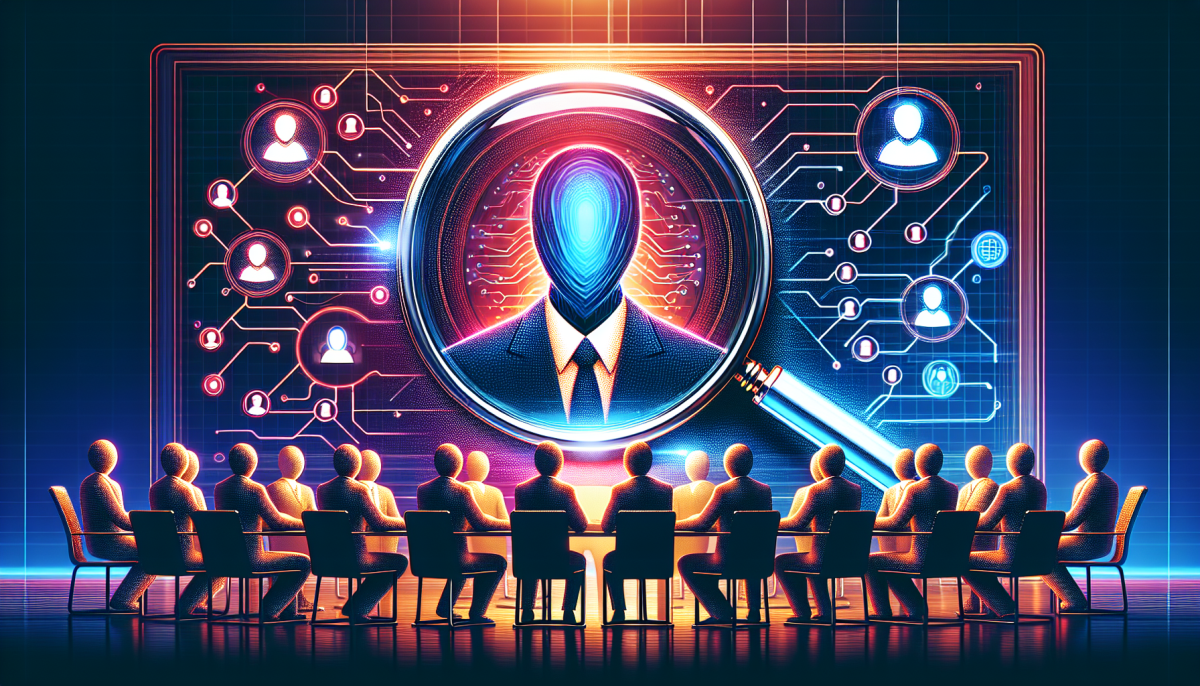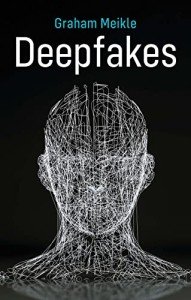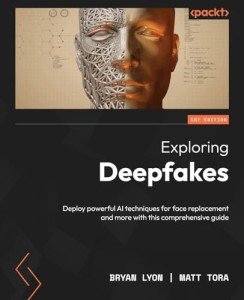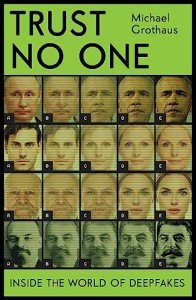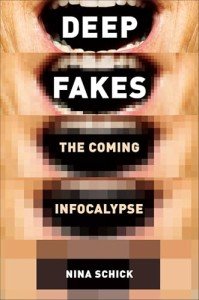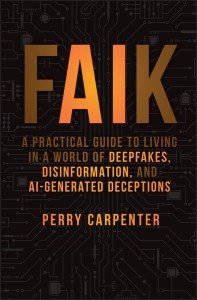Managers Guide to Deepfake Detection
Deep fake technology has been making headlines lately, and it's important to understand what it really is. At its core, deep fake technology uses artificial intelligence to create realistic-looking fake videos or audio recordings. This means that someone could create a video that appears to show a person doing or saying something they never actually did. Sounds a bit eerie, right? Well, it’s an impressive tech, but it also raises some serious challenges, especially when it comes to trust and security.
For managers, understanding deep fake technology is crucial because the implications can affect businesses and reputations. Imagine seeing a video of your CEO saying something inappropriate or controversial, only to find out it's completely fake. Deep fake detection is vital here. It involves techniques and tools designed to spot these manipulated media before they cause damage. Being proactive can save a lot of headaches later.
Deepfakes by Graham Meikle - Paperback Edition
Discover the fascinating world of deepfakes and their impact on society through this insightful read
Product information
$19.94
Product Review Score
4.84 out of 5 stars
32 reviewsProduct links
Wondering how deep fake detection works? The methods can vary, but generally, they rely on analyzing the patterns and inconsistencies in visuals and audio. For instance, there might be subtle differences in lighting or audio frequency that a trained eye (or ear!) can catch. Various software tools are popping up in the market to assist in this detection, providing an extra layer of protection against deep fakes.
Educating your team about deep fake technology and detection systems can be a game-changer. It not only fosters a culture of awareness but also prepares everyone to respond effectively to potential threats. Making sure that your organization knows how to identify fake content can go a long way in maintaining trust both internally and externally.
Exploring Deepfakes: Unleash AI for Face Replacement
Discover the secrets to creating realistic face swaps and transforming your video content with cutting-edge AI techniques
Product information
$38.83
Product Review Score
4.3 out of 5 stars
122 reviewsProduct links
Identifying Red Flags in Content
When it comes to Deep Fake Detection, knowing what to look for can save a lot of headaches. There are several red flags that often signal a video or audio snippet isn't what it seems. Let’s break down some key indicators to watch out for.
First off, pay attention to the quality of the content. Deep fakes often struggle to replicate the nuances of human expression. Look for:
- Odd eye movements or blinking patterns
- Unnatural facial expressions that don’t match the emotions being conveyed
- Mismatched audio that doesn’t sync well with the lip movements
Next, consider the context of the content. Is it being shared in a way that seems too sensational or surprising? Deep fakes often aim to provoke strong emotional reactions. Ask yourself:
- Does this video seem out of character for the person involved?
- Is there a motive behind its creation? (Like discrediting someone or pushing a specific agenda)
Lastly, double-check the source. Reliable content usually comes from trusted platforms or well-known individuals. If the content pops up on social media without any verification, that’s a major red flag in the world of Deep Fake Detection. Always be a bit skeptical and do thorough research before taking anything at face value.
Trust No One: Exploring the Deepfake Phenomenon
Discover the impact of deepfakes on our reality and how to navigate this new digital landscape
Product information
$17.51
Product Review Score
4.36 out of 5 stars
23 reviewsProduct links
Tools for Effective Detection
When it comes to Deep Fake Detection, having the right tools can make all the difference in spotting what’s real and what’s not. Fortunately, there are several options out there that are user-friendly and tailored for those in management roles. Here’s a look at some effective tools that can help you and your team stay one step ahead of misleading content.
1. Video Verification Tools: These tools analyze video files for inconsistencies that could signal tampering. For instance, they might look at frame-by-frame characteristics or audio mismatches. Simple to use and offering clear insights, they can help you verify the authenticity of any video shared internally or externally.
2. AI-Powered Analysis Software: Some software utilizes machine learning algorithms to detect deep fakes by identifying patterns in data. This type of tool is perfect for managers who want to dive deeper into analysis without needing a degree in tech. Just upload your content, and the software does the heavy lifting.
3. Community-Based Reporting Platforms: Engaging with communities that focus on digital forensics can be incredibly helpful. These platforms allow users to report suspicious content and share findings, creating a resource hub that can enhance your Deep Fake Detection strategies. It’s like having a team of experts at your fingertips!
Having the right tools at your disposal can empower you to make more informed decisions and help protect your organization from the potential pitfalls of deep fakes. Investigate these resources and see which ones align with your specific needs.
Deepfakes: The Coming Infocalypse
Explore the world of deepfakes and their impact on truth, trust, and technology
Product information
$34.00 $10.14
Product Review Score
4.21 out of 5 stars
151 reviewsProduct links
Best Practices for Staying Informed
Staying informed about the latest developments in Deep Fake Detection is crucial, especially for managers who need to make informed decisions. Here are some best practices to help you keep up with this fast-evolving field:
- Follow Industry Leaders: Keep an eye on experts and organizations that focus on digital security and Deep Fake Detection. Subscribing to their newsletters or following them on social media can help you catch important updates and trends.
- Engage in Online Communities: Joining forums, LinkedIn groups, or even Reddit threads dedicated to digital security can provide real-time insights and discussions about Deep Fake Detection. It’s also a great place to ask questions and share your thoughts.
- Attend Webinars and Conferences: Look for virtual events focusing on digital security. These gatherings often feature discussions on new technologies and methods in Deep Fake Detection, giving you valuable perspectives from industry professionals.
It's also helpful to set Google Alerts for terms related to Deep Fake Detection. This way, you’ll receive notifications straight to your inbox whenever something new is published. Lastly, don’t hesitate to ask your colleagues about their own findings and experiences. Sharing knowledge is one of the best ways to stay ahead!
FAIK: A Practical Guide to Living in a World of Deepfakes, Disinformation, and AI-Generated Deceptions
Navigate the challenges of modern media with insights on spotting deepfakes and disinformation
Product information
$18.00
Product Review Score
4.49 out of 5 stars
105 reviews